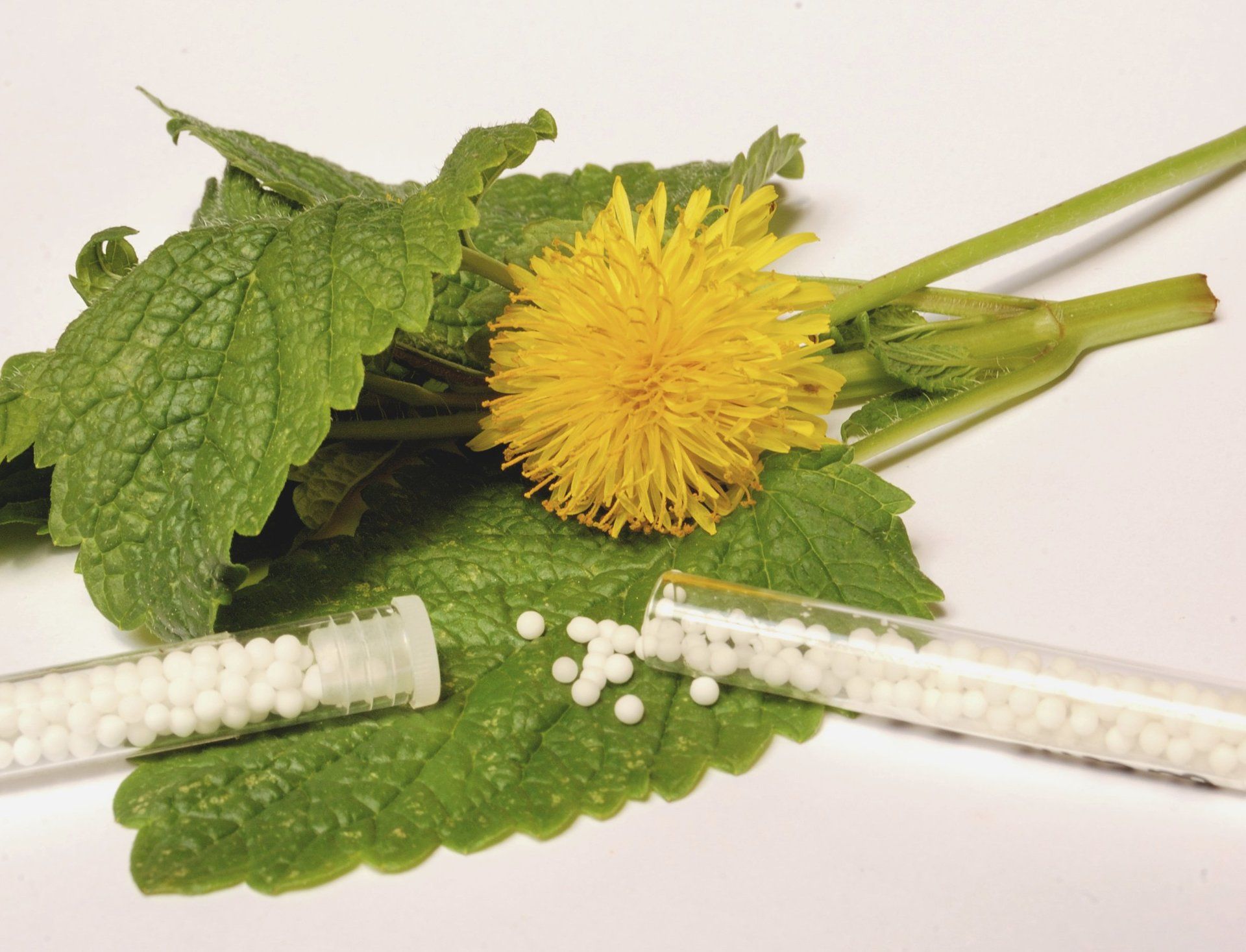Allergy is an excessive pathological defense reaction of the immune system to certain normally harmless environmental substances (allergens).
The reaction is usually directed against substances coming from outside (antigens, e.g. pollen), to which the immune system produces so-called antibodies (e.g. immunoglobulins E). Allergies also include some autoimmune reactions in which the body attacks itself when allergens from the environment enter. Depending on the disease mechanism, there are four forms of this overreaction.
In addition to allergies, there are other intolerance reactions, pseudoallergies and intolerances, which can be accompanied by a similar clinical picture to an allergy, but without the formation of antibodies.
Allergies are common diseases that are demonstrably increasing.
The following causes are discussed:
Hygiene or “dirt and jungle hypothesis”:
Under-challenge of the immune system due to excessive hygiene in childhood and early adolescence
Parasite hypothesis:
Under-stimulation of the immune system (IgE) due to a decline in parasites
Vaccination hypothesis:
Desired activation of type 2 T helper cells and suppression of type 1 T helper cells, which are less associated with allergic reactions
Pollution hypothesis:
Pollen adhering to the soot particles that are inhaled
Increased allergen exposure:
Increase in pollen count due to global warming or pollution, increase in mite exposure due to improved insulation of houses, increase in consumption of exotic foods
Changes in the intestinal flora:through antibiotics, chemotherapy, modern eating habits with fast food and preservatives
Genetic causes:Family predisposition to allergies
Disturbed barrier function of the skin and mucous membranes(Permeability of skin and mucous membranes, e.g. leaky gut syndrome)
Intensive allergen exposure:occupational allergies
Stress:Sensitization due to weakened immune system
Diagnosis
Unfortunately, provocation tests can usually only determine sensitization, but not the allergy itself or its extent. The presence of symptoms plays a decisive role here. However, intolerance or pseudo-allergy can be clearly distinguished from allergy through laboratory findings. In the laboratory, the results of blood tests and stool tests can be used to get to the bottom of more precise causes of allergies, as can HSI Spagyric Diagnostics.
I cannot in good conscience agree to desensitization through injections as recommended by conventional medicine, because the injections contain various adjuvants such as aluminum hydroxide. These can place additional strain on the body.
Treatment
- Reduction of allergy-promoting factors such as stress
- Allergen avoidance (at least temporarily)
- Healthy wholesome nutrition
- Orthomolecular therapy
- Intestinal flora rehabilitation -building
- TCM medicinal mushrooms
- homeopathy
- HSI Spagyrics
- Auto Nosode Therapy - mentop vac
Allergy treatment is usually time-consuming and requires a lot of patience and self-discipline. However, it is worth trying the naturopathic approach because it can sustainably improve your vitality and quality of life.







